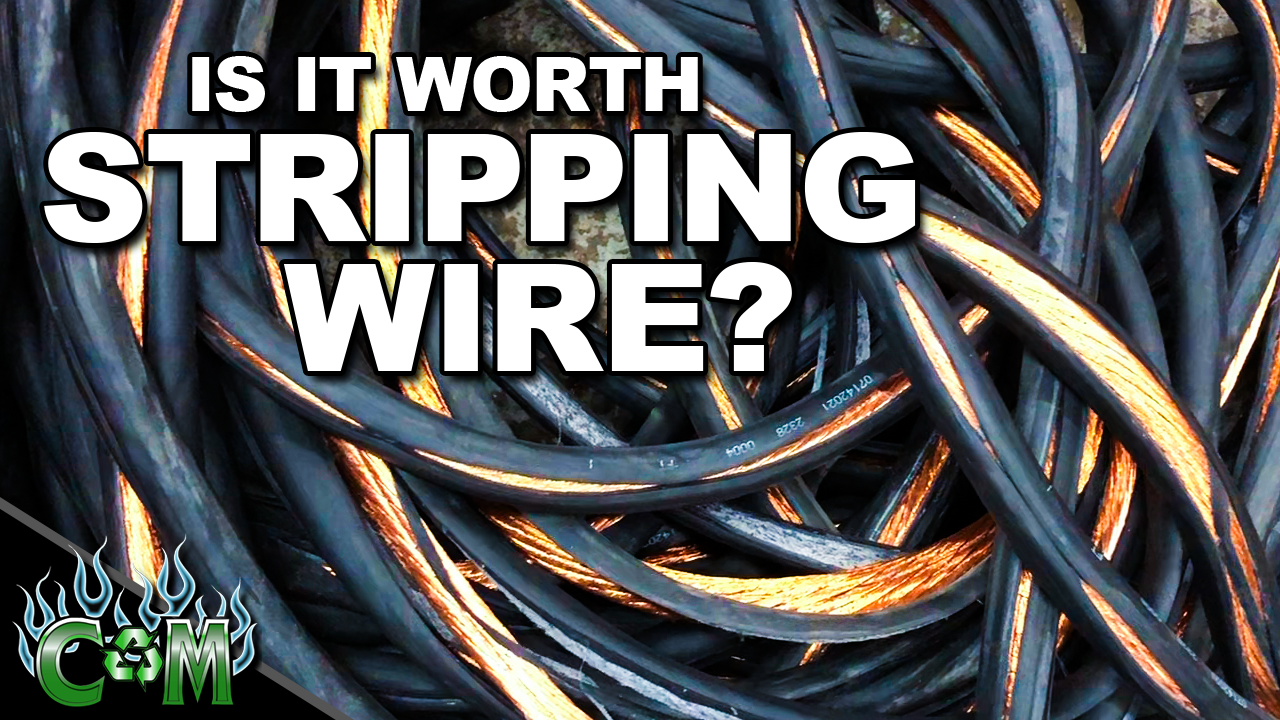The short of it: it depends.
But, what does it depend on?
Often, scrappers come in wondering about insulated vs bare wire. The factor they overlook is recovery rate. They think if they strip it, they will get, let’s say, $3.40/lb. However, that is just the value of what you get out of it.
Let us take THHN as an example. It is about 80% recoverable, valued at $2.22/lb. Comparatively, someone buying bare bright for $3.40/lb is actually paying about $2.72 after processing costs. This leaves you with an additional $0.50/lb. If you strip 100 lbs, that is an extra $50. You might fit that amount in a bucket, often called “bucket wire.”
However, stripping takes time. Even with a wire stripper, it is labor-intensive. If you are manually stripping 12-gauge and 14-gauge wires, it could take hours. Factoring in the time spent, you might be earning around $20/hour. So, the question becomes: is it worth it? That depends on the value you place on your time.
Now, let’s discuss Romex®. It is typically around 65% recoverable, valued at $2.21/lb. In our example, buyers are paying $1.77/lb, leaving you with an additional $0.44/lb. However, stripping Romex® involves peeling off layers and it is tedious without the right tools. Considering the effort, it might not be worthwhile.
But what about larger wires like 600 MCM (big wire)? 600 MCM is about 93% recoverable, valued at $3.40/lb. If buyers are paying $2.55/lb, stripping MCM nets you an extra $0.61/lb. Given its higher recovery rate and less labor-intensive stripping process, this is generally worthwhile.
Ultimately, whether stripping is worth it depends on the wire type, recovery percentage, and the time and effort involved. You can also negotiate with scrap buyers, especially if you have large quantities. They might offer better rates knowing they can process it efficiently.
We hope this sheds light on this decision-making process. If you have any questions, please get in contact with us!







